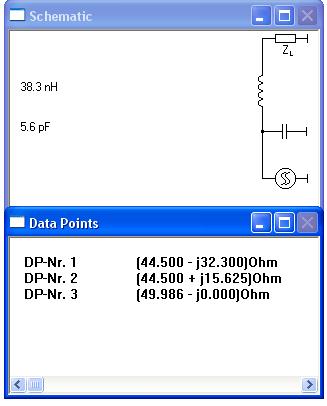thegame2008
Junior Member level 2

i have simulated the dipole antenna with different lengths and when i find the input impedance i find that i have some positive values for reactance and some negative values why i got these answers and how does reactance effect on performance of antenna






